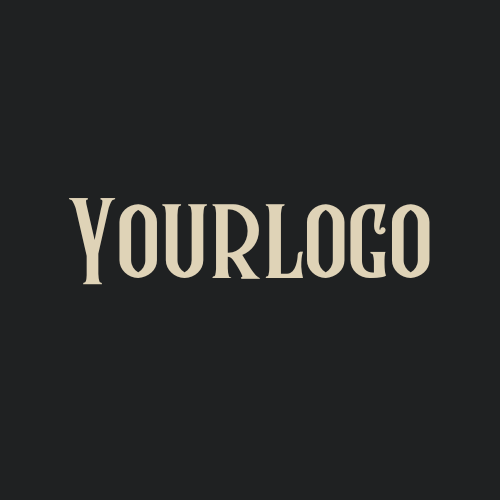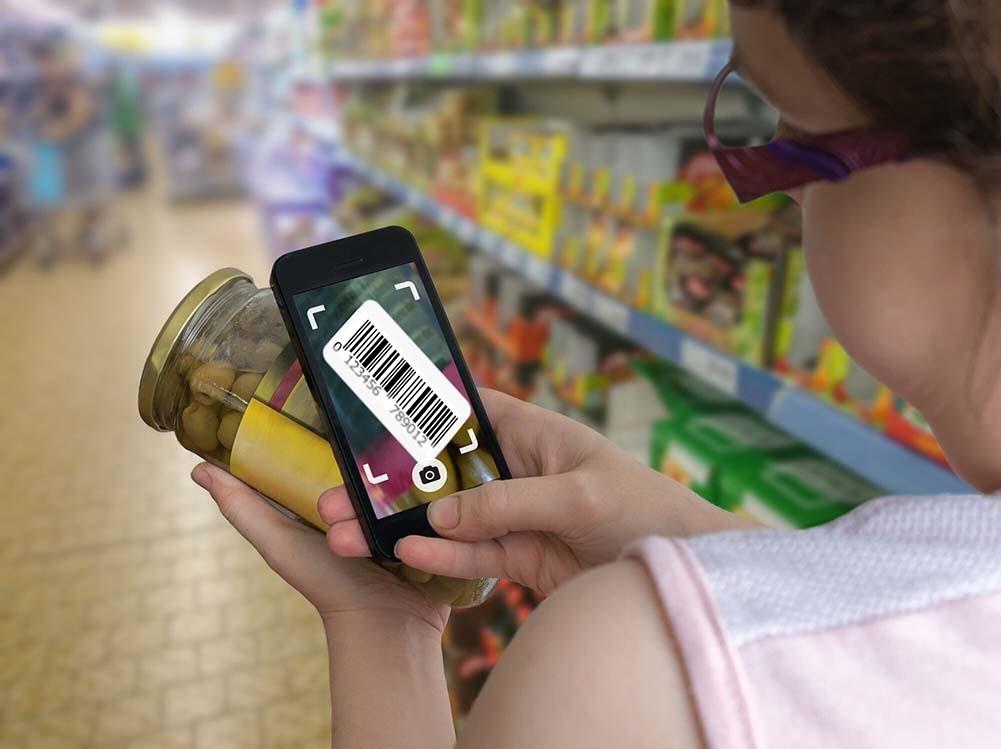The global smart labels market has emerged as one of the fastest-growing segments in the technology-driven packaging industry. With innovations in RFID (Radio Frequency Identification), NFC (Near Field Communication), EAS (Electronic Article Surveillance), and electronic shelf labels (ESL), smart labels are revolutionizing the way businesses track, monitor, and enhance customer experiences across multiple industries. The global smart labels market size reached a value of USD 10.41 billion in 2023 and is expected to grow at a robust CAGR of 12.5% during the forecast period of 2025-2034, reaching a projected value of USD 30.05 billion by 2034. This post delves into various aspects of the global smart labels market, including trends, market segmentation, recent developments, and competitive dynamics.
Market Overview
Smart labels are an essential technology used to track and manage products across the supply chain, improve retail customer experiences, enhance product authenticity, and boost operational efficiencies. These labels use embedded electronic devices such as sensors, microchips, and display technologies to provide real-time information, often integrated with the Internet of Things (IoT). The market for smart labels is thriving due to increasing demand across industries such as retail, logistics, healthcare, and food & beverage.
The adoption of smart labels is a critical step toward the digitalization of operations. For instance, in the retail sector, electronic shelf labels (ESL) help retailers update pricing and stock levels in real-time, reducing errors and improving customer service. In logistics, RFID technology enables better asset tracking, reducing theft and lost items while increasing the efficiency of supply chains. Moreover, as consumer preferences shift towards personalized products and increased product transparency, the demand for smart labels continues to rise.
Market Size
The global smart labels market was valued at approximately USD 10.41 billion in 2023. The market is set for significant growth, with an expected compound annual growth rate (CAGR) of 12.5% from 2025 to 2034. This expansion is attributed to the growing adoption of automation technologies, increasing demand for real-time product tracking, and advancements in electronic label technology. With the rise in e-commerce and changing consumer expectations, industries are investing more in solutions like NFC and RFID to streamline their operations and enhance consumer engagement.
By 2034, the market is projected to reach a value of USD 30.05 billion, showcasing tremendous growth potential. This growth trajectory is driven by key industries such as retail, logistics, and healthcare, which are increasingly relying on smart labeling solutions for inventory management, asset tracking, and consumer interaction.
Market Share
The smart labels market is broadly segmented into several types, each serving unique functions within various industries. Radio Frequency Identification (RFID) technology holds the largest share of the market due to its ability to provide real-time tracking of products and assets. RFID tags are extensively used in industries like logistics, manufacturing, and retail for inventory control and supply chain management.
Electronic Shelf Labels (ESL) and Electronic Article Surveillance (EAS) technologies also make up a significant portion of the market, especially in the retail sector. ESLs are becoming increasingly popular among retailers due to their efficiency in updating prices, promotions, and product information across multiple stores in real time.
NFC technology, although smaller in market share, is gaining traction, particularly in the consumer electronics and healthcare sectors, where it is used for consumer engagement and product authentication. Additionally, sensing labels, used in industries such as food and pharmaceuticals, are gaining ground due to their ability to monitor temperature and other environmental conditions.
Market Trends
Several notable trends are shaping the future of the smart labels market:
-
Increased Use of RFID Technology: RFID continues to be the dominant technology in smart labels, providing cost-effective, efficient, and scalable solutions for tracking products throughout the supply chain. RFID tags are becoming more advanced, with improved readability, longer battery life, and enhanced security features.
-
Sustainability and Eco-friendly Solutions: As businesses aim to reduce their environmental footprint, there is an increasing demand for eco-friendly smart labels. Companies are focusing on reducing the use of plastic and adopting biodegradable materials in label production. This trend is particularly relevant in industries like food packaging and retail.
-
Integration with IoT: The integration of smart labels with IoT systems allows for more efficient data collection and analysis, providing businesses with actionable insights into product lifecycle, inventory management, and consumer behavior.
-
Consumer Engagement: With the rise of digital consumer interactions, brands are utilizing NFC and QR code-based smart labels to enhance customer experiences. Consumers can scan labels to access detailed product information, reviews, and promotional offers, driving better engagement and loyalty.
-
Advancements in Healthcare Applications: Smart labels are increasingly used in the healthcare sector for asset tracking, patient identification, and pharmaceutical monitoring. Technologies such as RFID and sensing labels are helping healthcare providers track medical equipment, ensure the authenticity of drugs, and maintain patient safety.
Market Analysis
The global smart labels market benefits from several factors that drive its growth:
-
Retail Demand: As the retail sector continues to evolve, smart labels help businesses manage inventory, improve product visibility, and enhance the shopping experience. ESLs are particularly popular in large retail chains, where they help ensure price accuracy and streamline store operations.
-
E-commerce Growth: With the expansion of online shopping, smart labels play a vital role in ensuring that logistics operations run smoothly. RFID technology helps track parcels in real-time, minimizing delays and improving customer satisfaction.
-
Automation: The increasing shift toward automation in warehouses and manufacturing facilities is pushing the demand for smart labels. By automating inventory tracking and product identification, businesses can reduce operational costs and increase throughput.
-
Consumer Safety and Authentication: In sectors like food & beverage and pharmaceuticals, consumers are increasingly concerned about the authenticity and safety of products. Smart labels, particularly those using sensing technologies, help ensure product safety by monitoring environmental conditions such as temperature and humidity during transport and storage.
Market Segmentation
The global smart labels market can be segmented based on technology, component, and end-use industry:
By Technology:
- Radio Frequency Identification (RFID)
- Electronic Article Surveillance (EAS)
- Electronic Shelf Label (ESL)
- Sensing Labels
- Near Field Communication (NFC)
- Others
By Component:
- Batteries
- Other Components (sensors, display modules, etc.)
By End Use:
- Retail
- Logistics and Supply Chain
- Healthcare
- Food & Beverage
- Pharmaceuticals
- Consumer Goods
- Others
Market Growth
The smart labels market is expected to grow significantly during the forecast period of 2025-2034, driven by the need for enhanced operational efficiencies and consumer engagement. The CAGR of 12.5% highlights the immense potential for innovation and adoption in various sectors. As industries strive for greater automation and smarter solutions, the market will continue to expand with innovations in label technology and materials.
Recent Developments and Challenges in the Market
Recent Developments:
- Leading companies are investing in the development of low-cost and environmentally friendly smart labels to cater to the growing demand for sustainable packaging.
- Advances in NFC technology are enabling new use cases for consumer engagement, with brands offering personalized experiences via smart labels.
Challenges:
- Security Risks: Smart labels, especially those using RFID and NFC, face challenges regarding data security and privacy concerns. Manufacturers are addressing these risks with enhanced encryption and data protection measures.
- High Implementation Costs: Despite the benefits, the high upfront costs of implementing smart labeling systems remain a barrier for small and medium-sized enterprises.
- Technology Compatibility: Integrating smart labels into existing infrastructure can be complex and costly, especially for legacy systems in traditional industries.
Key Players in the Market
- Zebra Technologies
- Avery Dennison Corporation
- Smartrac
- Checkpoint Systems
- Invengo Technology
- Honeywell International
Upcoming Challenges in the Market
- Technological Obsolescence: As technologies evolve, there is a constant need for smart labels to stay updated with the latest developments to remain competitive in the market.
- Regulatory Challenges: Regulatory compliance regarding data privacy and product labeling standards may pose challenges, particularly in highly regulated sectors like healthcare and food & beverage.
Competitive Landscape
The smart labels market is competitive, with key players focusing on innovation, product development, and strategic partnerships to maintain a competitive edge. Companies like Avery Dennison, Zebra Technologies, and Honeywell are leaders in the industry, constantly introducing new products and enhancing their technological capabilities. The market also sees new entrants, particularly those focused on sustainability and cost-effective solutions.



